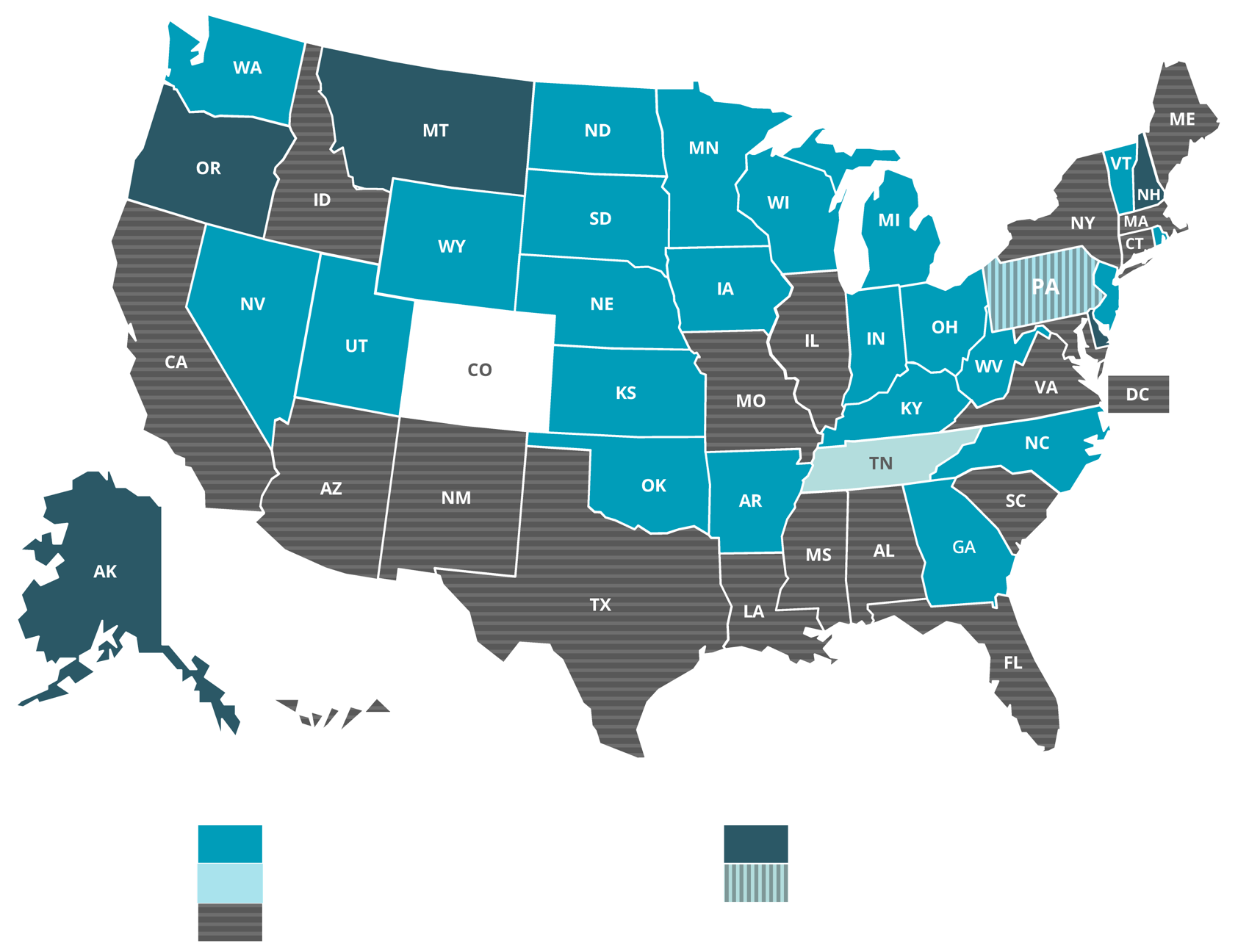
Where is the windfall promised by the South Dakota v. Wayfair, Inc ruling? This is the first blog post in a short series about economic nexus, local sales and use taxes, and your revenue!

Well, first let’s all get on the same page. What is the South Dakota v. Wayfair, Inc (Wayfair) ruling, and why do we care about it?
The Wayfair case was ruled on by the Supreme Court in the summer of 2018. It found that South Dakota’s laws regarding economic nexus were Constitutional. Still sound like gobbled gook to you? Let’s back a bit further then.
In 1992 the Supreme Court ruled in favor of Quill in the Quill Corp v. North Dakota case. This case, much like Wayfair, was about whether the state could require remote vendors to collect use taxes (think sales taxes for purchases made out of state). Back in 1992 this was largely purchases made by catalog or over the phone for one of those snazzy gadgets being sold on that infomercial.
By finding in favor of Quill, the Supreme Court acknowledged (and highlighted) the burdens that would be placed on remote vendors that are not present for brick and mortar retailers. Examples of these burdens are knowing the state and local laws including what is taxed, what isn’t, and the sales tax rates. And c’mon, we are not talking about that much money really???
Well enter the internet, Amazon, and REAL money.
So, while states and brick and mortar stores were concerned about the fairness and loss in revenue by not taxing remote vendors before the internet, all of that ramped up tremendously in the 2000’s and has continued to grow.
States began to get creative. They began to try and shift away from the basis of physical nexus (actually having a store front or a warehouse in the state) to other standards. There were laws introduced about click-through nexus and affiliate nexus. In fact, Amazon briefly stopped allowing North Carolina residents to be “Associates” because North Carolina passed a law that would have used that program to establish nexus and force Amazon to begin to collect sales/use taxes.
In addition to these backdoor efforts to compel remote vendors to collect sales/use taxes, many states joined the Streamlined Sales and Use Tax Agreement (SSUTA) in an effort to get remote vendors to voluntarily collect sales/use taxes. To become a member of SSUTA a state has to simplify and standardize their sales and use taxes and, these days, contract with a vendor to provide sales tax software to aid remote vendors in calculating and remitting taxes.
Then in 2017 a couple of states introduced the notion of economic nexus, which is ultimately what went to the Supreme Court. Economic nexus is the idea that if you do enough business in the state, that you have a substantial enough presence there that you should and can collect sales and use taxes. This is, of course, in addition to physical nexus—so if you are floundering small business in a state you still have to collect those taxes!
The idea of economic nexus spread quickly amongst the states, including South Dakota, where it was challenged by Wayfair, Inc.
Many of you are probably thinking “How much is enough?”, the majority of states that have adopted economic nexus laws have also adopted safe harbor thresholds. These safe harbors have to be met in order for the remote vendor to establish economic nexus. In most states there are two components to the safe harbor thresholds: 1) the number of sales and 2) the dollar amount of sales. These safe harbors are intended to protect small companies that may not have the capacity to navigate complicated sales and use tax laws.
So, where is that windfall? Well, we will get to some of that in the next few blog posts.
For more information and a more detailed analysis of this topic, please see my paper:
Whitney B. Afonso (2019), The Barriers Created by Complexity: A State-by-State Analysis of Local Sales Tax Laws in Light of the Wayfair Ruling , National Tax Journal, 72:4, pp. 777-800
DOI: dx.doi.org/10.17310/ntj.2019.4.06




